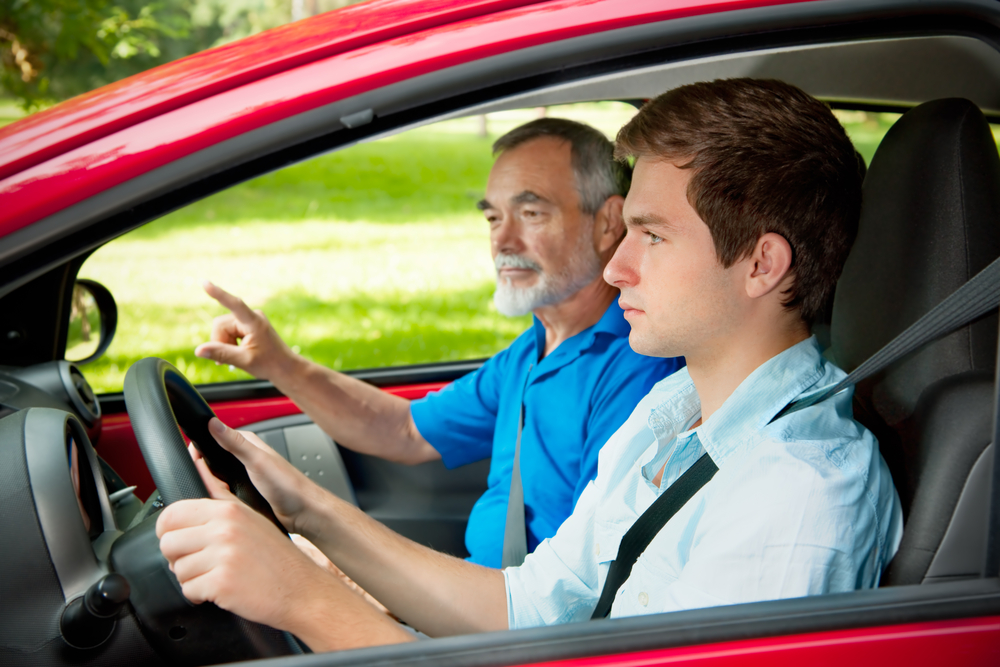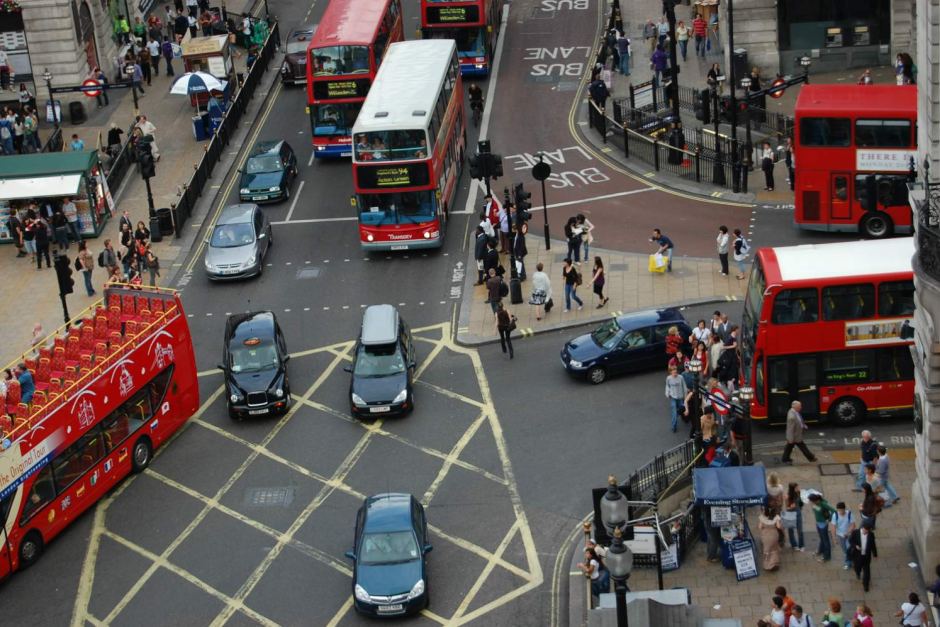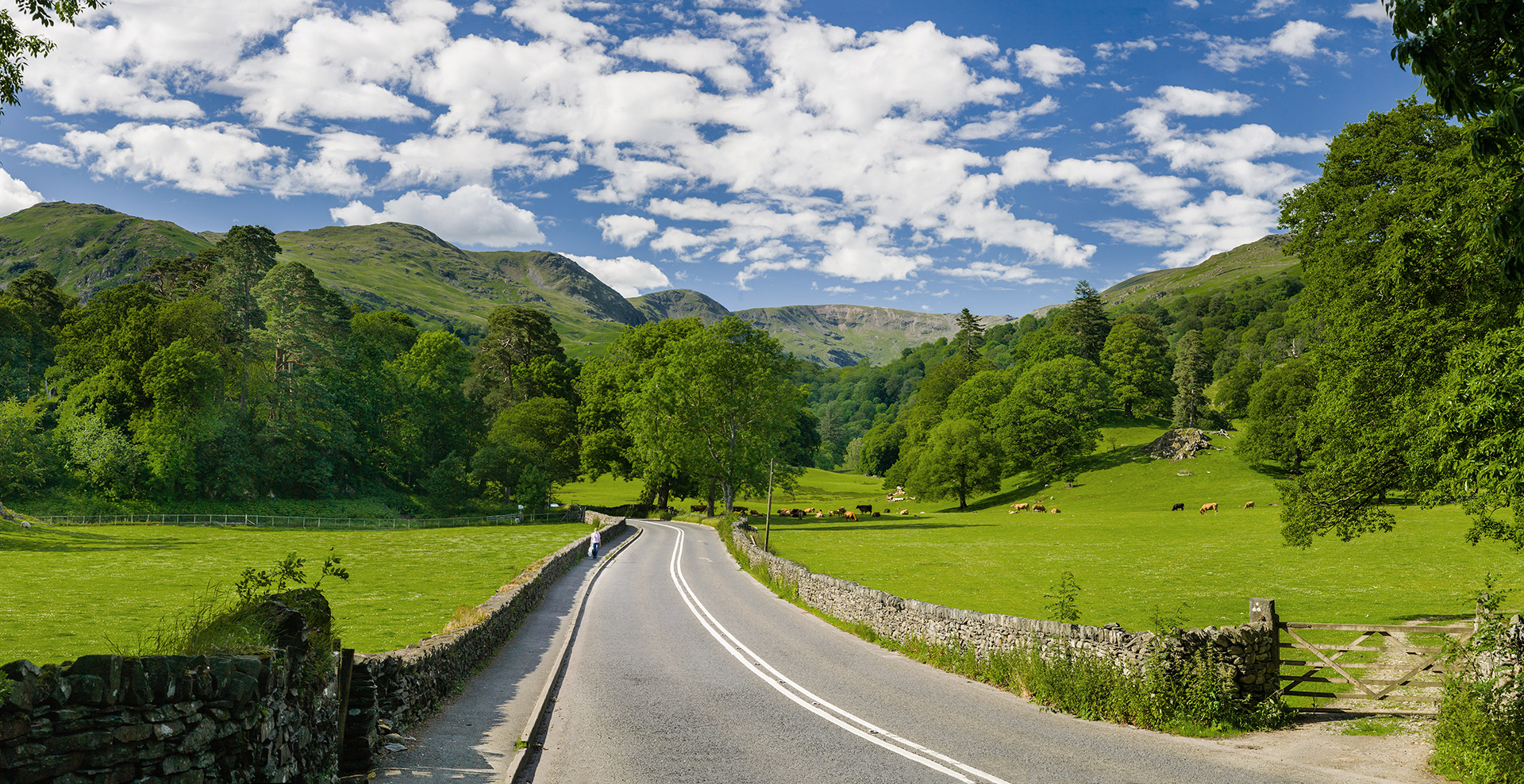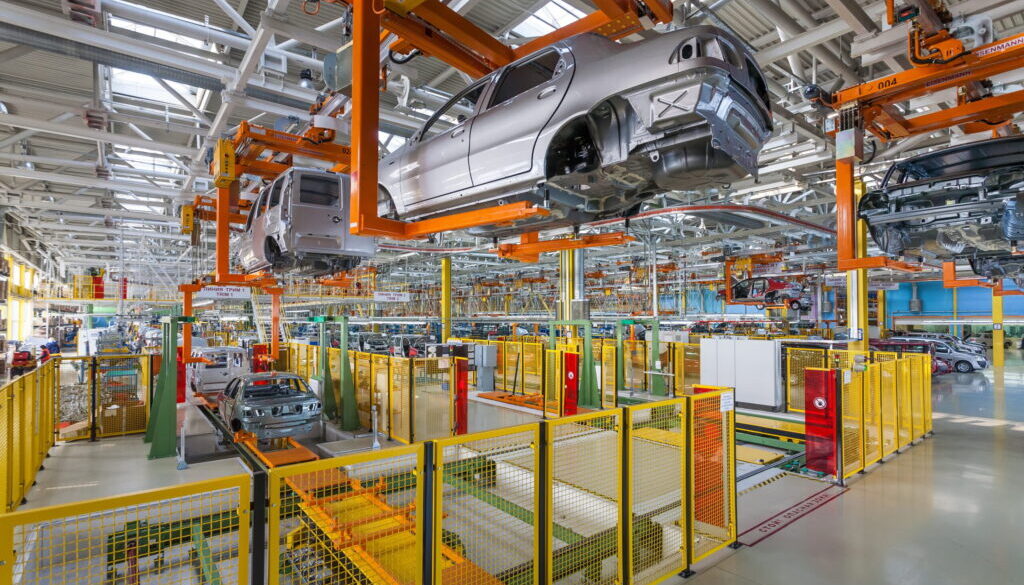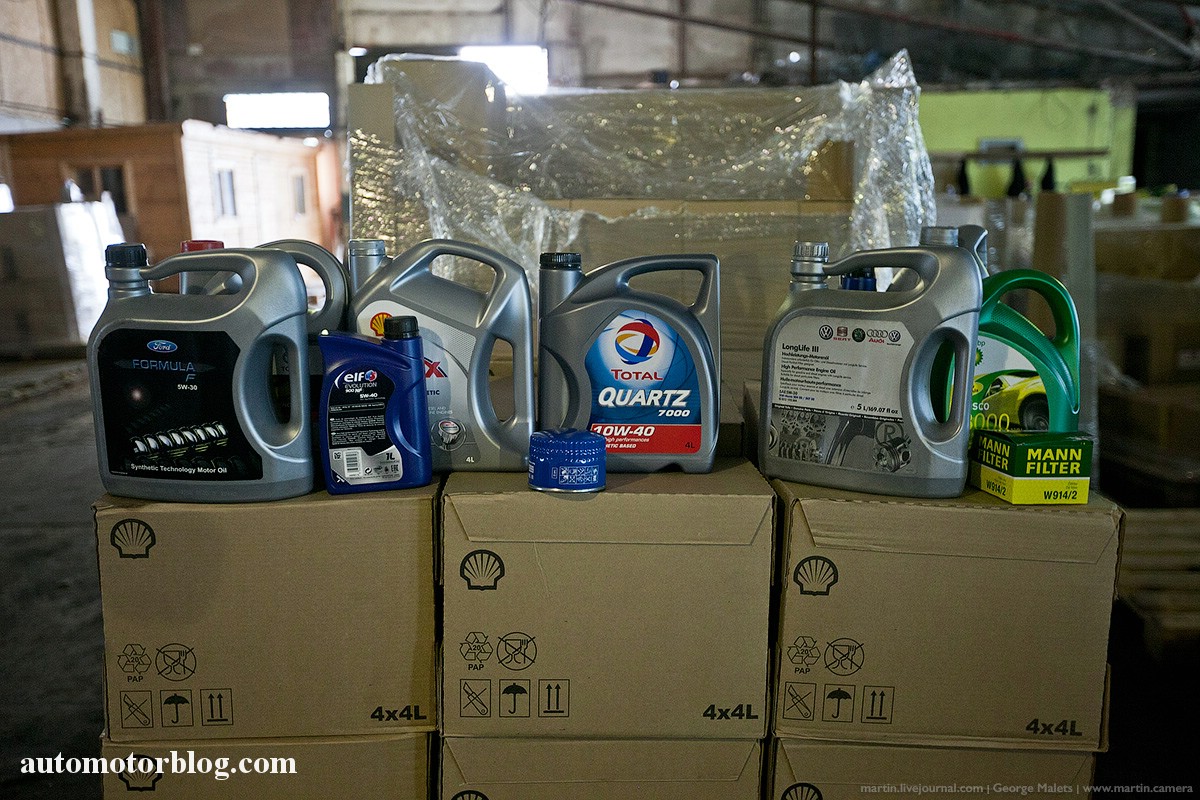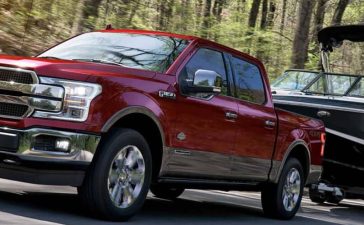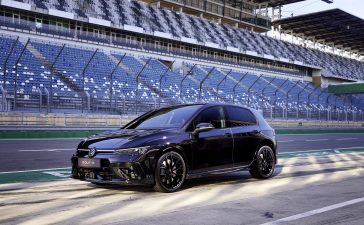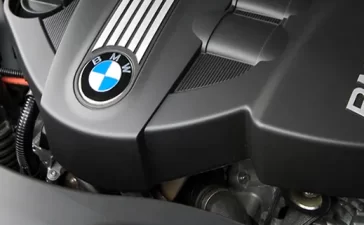Even for the most experienced drivers, our strengths and weaknesses behind the wheel are often dictated by where we do most of our driving.
If you are used to the daily rush hour commute down the motorway, you will probably be good at driving safely at moderate to high speeds in dense traffic, with good awareness of vehicles around you and efficient lane management skills.
If you do most of your driving in a city or town centre, you will be used to lots of stopping and starting at traffic lights and roundabouts, and will probably use brakes and gear changes well. If you are more used to open country roads, however, you will likely have good handling skills on tight bends and narrow tracks (10 tips here).
But what about learning to drive? Where is the best place to prepare for your test and life on the roads beyond? As we offer driving lessons in Basildon, Billericay, Brentwood and surrounding areas of Essex, Keen Drivers is lucky to be able to offer a mix of town centre experience and practice on open country roads. Here is what we see as the pros and cons of each.
City driving
Experience of built-up urban areas really provides the meat and drink of learning to drive. Driving around town is where you learn the key manoeuvres you need to perform to pass your test, such as parallel parking, approaching a roundabout and setting off from traffic lights and junctions. It is important to gain experience of handling a car in traffic, and building awareness of potential hazards such as cyclists, pedestrians and parked vehicles. City driving gives you plenty of opportunity for all of these.
The downside of learning to drive in built up areas comes when traffic gets really heavy. Because of work commitments, many learner drivers have no choice but to take lessons in mornings and evenings when traffic volumes are usually high. It is a real shame when big chunks of a lesson are spent sat in stationary traffic.
Open country roads
The big attraction of having driving lessons out in the countryside is to avoid what we have just described – traffic jams. Out in the country, you are always guaranteed to get a good run, unless you fall unlucky and get stuck behind a tractor. Then again, even that is good experience.
Country roads also allow you to gain important experience of driving to the national speed limit. In built up urban areas, you will do most of your driving at 30 or 40mph. Which is fine, until you come to drive on a dual carriageway or motorway. Cars handle differently at higher speeds, and this has to be something novice drivers learn to be comfortable with. Country roads also offer great road handling experience because of all the twists and bends.
The downside of country driving is that there are limited opportunities to practice all the skills you need for your test, such as handling roundabouts, traffic lights, junctions and manoeuvres such as parking.
Our verdict
Ideally, there should not be an either/or choice as to the types of road you learn to drive on. Learner drivers benefit from gaining as broad an experience as possible. Unless you live in the remotest countryside, or in the middle of a huge city like London, you should aim to get experience in and out of the city as you learn. After all, once you pass you will have to drive in all conditions, so it is better to start as you mean to go on.


